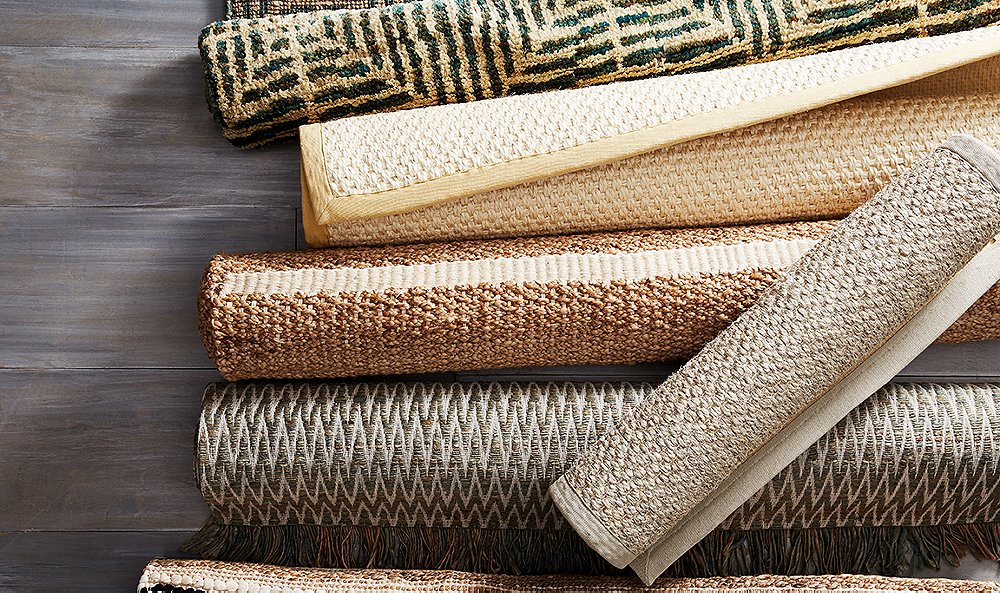Carpets and rugs are two large groups of products, each of which has its own advantages and rules for placement in the interior. There is no one-size-fits-all solution for the entire home or office – the design of each room should be approached individually. Therefore, before choosing a carpet product, you need to decide in which room it will lie and what is required of it.
What is the Difference between Carpets and Rugs
The paths are carpets of a fixed width, but of any length. Their advantages: a rhythmic pattern that can be cut in the right place, durability, and a range of available widths to choose from, so that you can easily find the right size product.Products are also chosen according to the height of the pile from thin mats to long-nap shaggy jute rug.
The key disadvantage of almost any rug is that, due to the finished design, it cannot be cut to size if it is too large. There are exceptions, for example, products of a single color, but cutting them is also not the best solution. When a custom size is needed, they usually make a custom-made carpet or buy a carpet.The paths are carpets of a fixed width, but of any length.
Their advantages:
They are a rhythmic pattern that can be cut in the right place, wear-resistant, awn and a range of available widths to choose from, so that you can easily find the right size product.
The disadvantages of carpet tracks include a limited choice of patterns and pile heights, as well as materials from which such products are made of wool, semi-wool, polypropylene, acrylic.
Carpet cannot be cut if it is too large for the room
The rectangular shape of carpets will always be relevant. You can use a square if the size and shape of the room allows. Oval and circle are good when there are large rounded elements in the interior: table, lamps, and decor. Skins and other non-standard shapes are suitable for those who like to experiment, since such products do not fit into every interior.
The rectangular shape of carpets will always be relevant. You can use a square if the size and shape of the room allows. Oval and circle are good when there are large rounded elements in the interior: table, lamps, and decor. Skins and other non-standard shapes are suitable for those who like to experiment, since such products do not fit into every interior.
In the hallway and corridor
The carpet in the hallway, for obvious reasons, must be durable. It is important that it is easy to clean.The best option for the door area is a polypropylene or polyamide mat, ideally, on a moisture resistant base. At a distance from the entrance, you can lay a carpet or path made of any durable material, such as polypropylene, wool or semi-wool.
Walkways are preferable in the hallway, as this type of product looks better in long and narrow rooms. However, the width does not have to be equal to the width of the corridor. Along the walls, you can leave a space free from the carpet, focusing on the furniture – it can stand on the product with two or four legs or not stand on it at all. In the second case, the track will need to be fixed somehow.
Conclusion
If the corridor is combined with the hallway, it is better to lay a moisture-resistant and wear-resistant rug in the door area, and you can supplement it with a carpet runner or carpet of a suitable size, which will suit the design.
